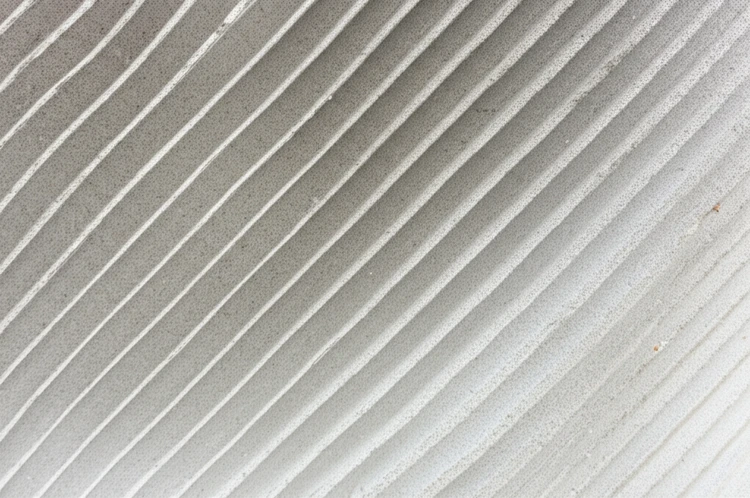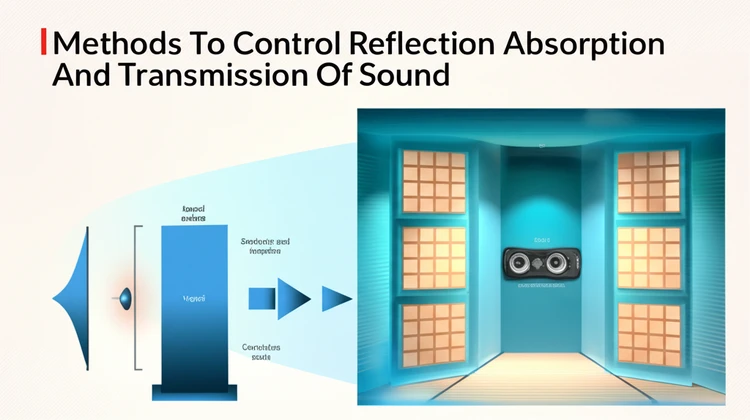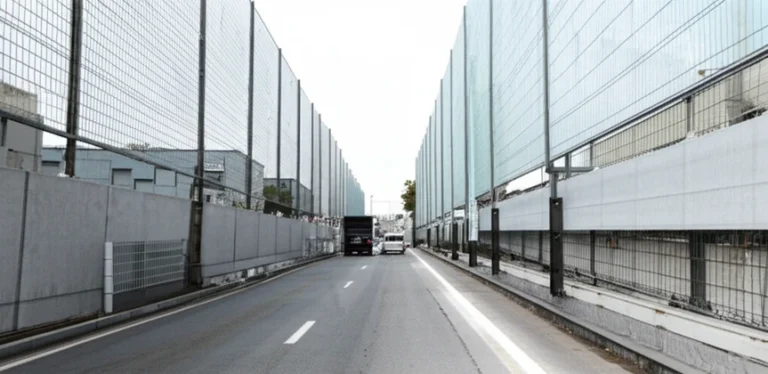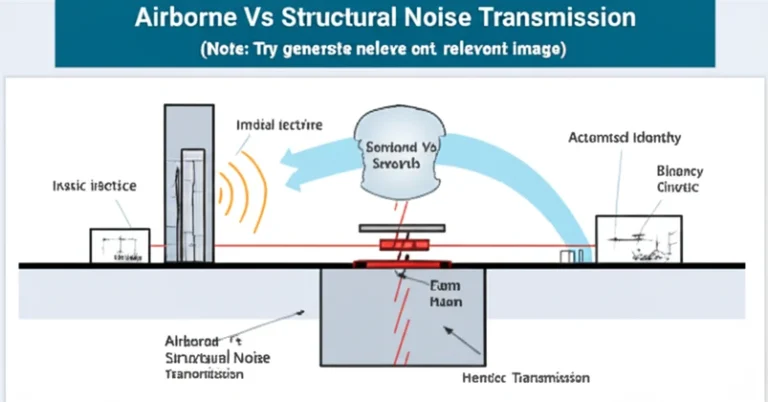
Understanding the role of harmonic frequencies in soundproofing design is crucial for creating acoustically balanced and quiet spaces. While reducing overall noise is important, effective soundproofing requires a deeper understanding of sound wave behavior, particularly the influence of harmonics.
This article explores the intricacies of harmonic frequencies and their impact on soundproofing strategies, offering practical guidance for achieving optimal noise control in various environments, from professional studios to residential homes.
What Are Harmonic Frequencies?
Harmonic frequencies are fundamental to understanding sound behavior.
They are multiples of a fundamental frequency, and they combine to create the rich tapestry of complex sounds we hear. Imagine a guitar string vibrating. The primary note you hear is the fundamental frequency.
Simultaneously, the string vibrates at multiples of that frequency, producing harmonics that contribute to the instrument’s unique timbre.
Definition and Examples
- Definition: Harmonics are frequencies that are whole-number multiples of a fundamental frequency. If the fundamental frequency is 100 Hz, its harmonics would be 200 Hz, 300 Hz, 400 Hz, and so on.
- Examples in Soundproofing:
- The low rumble of traffic noise often contains strong low-frequency harmonics that can penetrate walls and windows.
- Music in a recording studio produces a complex mix of low, mid, and high-frequency harmonics, each requiring specific soundproofing strategies.
- The hum of a refrigerator operates at a fundamental frequency and generates harmonics that can be noticeable in a quiet kitchen.
Importance in Soundproofing
Recognizing the role of harmonic frequencies in soundproofing design allows for precise targeting of problematic sound ranges. Low-frequency harmonics, with their longer wavelengths, are notoriously difficult to block, requiring dense materials and specialized techniques.
High-frequency harmonics, characterized by shorter wavelengths, are more readily absorbed or scattered using different materials and approaches.
How Harmonic Frequencies Affect Soundproofing
Harmonic frequencies interact with the environment and building materials in specific ways, influencing the effectiveness of soundproofing measures.
Resonance and Amplification
Resonance occurs when a sound wave’s frequency matches the natural frequency of a material or enclosed space. This can dramatically amplify the sound, making it much louder. Harmonic frequencies can exacerbate resonance, leading to unexpected increases in noise levels.
Imagine a wine glass shattering when a singer hits a high note – that’s an example of resonance.
- Example: Thin walls often resonate with low-frequency harmonics, making bass sounds from a neighbor’s stereo more prominent.
- Solution: Adding dense materials like mass-loaded vinyl, or constructing double walls with an air gap, can effectively mitigate resonance by disrupting the matching frequencies.
Frequency Ranges and Their Behavior
- Low Harmonics:
- Easily penetrate walls and other materials due to their long wavelengths.
- Require dense, heavy materials like mass-loaded vinyl, concrete, or specialized soundproofing blankets for effective control.
- Mid Harmonics:
- Encompass the range of human speech and many common environmental noises.
- Can be effectively managed with absorptive materials like acoustic foam panels, mineral wool insulation, or heavy curtains.
- High Harmonics:
- Tend to reflect and scatter more readily due to their shorter wavelengths.
- Can be controlled with diffusion panels, strategically placed furniture, or even textured surfaces that break up the sound waves.
Challenges in Harmonic Control
- Identifying Resonance Peaks: Pinpointing the specific frequencies at which resonance occurs is crucial for targeted intervention. This often requires specialized tools like frequency analyzers.
- Balancing Absorption and Diffusion: Achieving optimal sound quality requires a careful balance between absorbing unwanted frequencies and diffusing others to maintain a natural acoustic environment. Over-absorption can create a “dead” sounding space.
- Flanking Noise: Sound can bypass soundproofing materials by traveling through flanking paths like ductwork, electrical outlets, or shared structural elements.
Tools for Identifying Harmonic Frequencies
Frequency Analyzers
Frequency analyzers, available as specialized hardware or software applications, visually represent sound waves, allowing you to identify harmonic patterns and problematic frequencies. These tools display the amplitude of sound at different frequencies, highlighting areas of concern.
- Examples: FFT (Fast Fourier Transform) analyzers and Real-Time Spectrum Analyzers (RTSAs).
- Application: Widely used in recording studios, theaters, and industrial settings to diagnose acoustic problems and optimize sound systems.
Room Testing
Conducting room tests with microphones and carefully selected test tones can reveal specific harmonic issues. Strategic placement of microphones is critical for accurate results, capturing reflections and identifying areas of resonance.
Acoustic Modeling
Acoustic modeling software simulates sound behavior within a defined space, allowing you to predict how harmonic frequencies will interact with different materials and room geometries.
This is particularly valuable in designing soundproofing solutions for larger or more complex environments before construction or renovations begin.
Designing Soundproofing for Harmonic Frequencies
Material Selection
Choosing appropriate materials is fundamental to managing harmonics effectively.
| Material Type | Properties | Application |
|---|---|---|
| Dense Materials (e.g., Mass-Loaded Vinyl, Concrete) | High mass blocks low-frequency sound waves. | Effective for isolating low-frequency harmonics from traffic noise or machinery. |
| Porous Materials (e.g., Acoustic Foam, Mineral Wool) | Absorb sound energy, particularly at higher frequencies. | Ideal for controlling mid and high-frequency reflections and reverberation. |
| Combination Layers | Combine dense and porous materials for broad-spectrum sound control. | Provides comprehensive soundproofing across a wide range of frequencies. |
Room Shape and Size
The geometry of a space plays a significant role in how harmonic frequencies behave.
- Avoid Parallel Surfaces: Parallel walls can create standing waves and flutter echo, amplifying certain frequencies. Angling walls or introducing diffusive elements can mitigate these issues.
- Use Irregular Shapes: Irregular room shapes can enhance sound diffusion, creating a more balanced and natural acoustic environment.
Layered Soundproofing
A multi-layered approach to soundproofing provides the most comprehensive harmonic control.
- Dense barriers for low-frequency isolation.
- Absorptive panels to control mid-frequency reflections.
- Diffusion panels to scatter high frequencies and prevent flutter echo.
Practical Applications of Harmonic Control
Recording Studios
Challenge: Harmonic resonance can muddy recordings, obscuring detail and impacting clarity.
- Solution: Implementing bass traps in corners to absorb low-frequency build-up and strategically positioning diffusers to scatter mid and high frequencies can create a controlled and balanced acoustic environment.
- Result: Cleaner, more accurate recordings with improved clarity and definition.
Theaters and Auditoriums
Challenge: Uneven sound distribution due to harmonic buildup can lead to poor speech intelligibility and an inconsistent listening experience for the audience.
- Solution: Integrating diffusion panels and other acoustic treatments tailored to the venue’s size and shape can create a more uniform sound field. Careful consideration of seating arrangements and wall angles is also critical.
- Result: Improved speech clarity, even sound distribution, and enhanced audio quality for all attendees.
Home Soundproofing
Challenge: External noise sources like traffic, or internal sources like appliances, can create unwanted harmonics that impact comfort and tranquility.
- Solution: Adding dense materials such as dense insulation batts within walls, or employing soundproof curtains to absorb high frequencies, can help dampen intruding harmonics.
- Result: Quieter, more peaceful living spaces with improved sound isolation.
Expert Strategies for Managing Harmonic Frequencies
Tuned Absorbers
Devices like Helmholtz resonators are designed to absorb very specific frequencies. By carefully tuning these resonators to target problem harmonics, you can mitigate resonance without excessively absorbing other frequencies, preserving a natural acoustic balance.
Diffusion Panels
Diffusion panels scatter sound waves evenly, minimizing harmonic buildup and flutter echo. These are especially useful in larger spaces like theaters and music venues, where maintaining a lively but controlled acoustic is desirable.
Active Noise Control
Active noise control systems use microphones to detect incoming sound waves and then generate inverse sound waves to cancel them out.
This technology is particularly effective for consistent, low-frequency noise, including specific harmonic frequencies, but is less effective for highly variable sounds.
FAQ
What are harmonic frequencies in soundproofing?
Harmonic frequencies are multiples of a fundamental frequency. They influence how sound behaves within a space, and their control is essential for effective soundproofing and achieving balanced acoustics.
Why are harmonics important in soundproofing design?
Uncontrolled harmonics can amplify noise and create undesirable acoustic effects like resonance. Understanding and managing them is crucial for achieving optimal soundproofing results and a pleasant acoustic environment.
How can I control harmonic frequencies in my home?
Use dense materials like drywall or mass-loaded vinyl for low-frequency harmonics, and porous materials like acoustic foam or mineral wool for high-frequency harmonics.
Consider professional testing with a frequency analyzer to pinpoint specific problem frequencies and tailor solutions accordingly. Consulting with an acoustics expert can provide personalized guidance.
Conclusion
The role of harmonic frequencies in soundproofing design is a critical consideration for any project aiming to achieve effective noise control and a balanced acoustic environment. By analyzing harmonic behavior, selecting appropriate materials, and employing targeted strategies like tuned absorbers or diffusion panels, you can create spaces with superior acoustic performance.
Whether you’re designing a recording studio, a home theater, or simply seeking a more tranquil home environment, understanding and managing harmonics is the key to achieving optimal soundproofing results.






